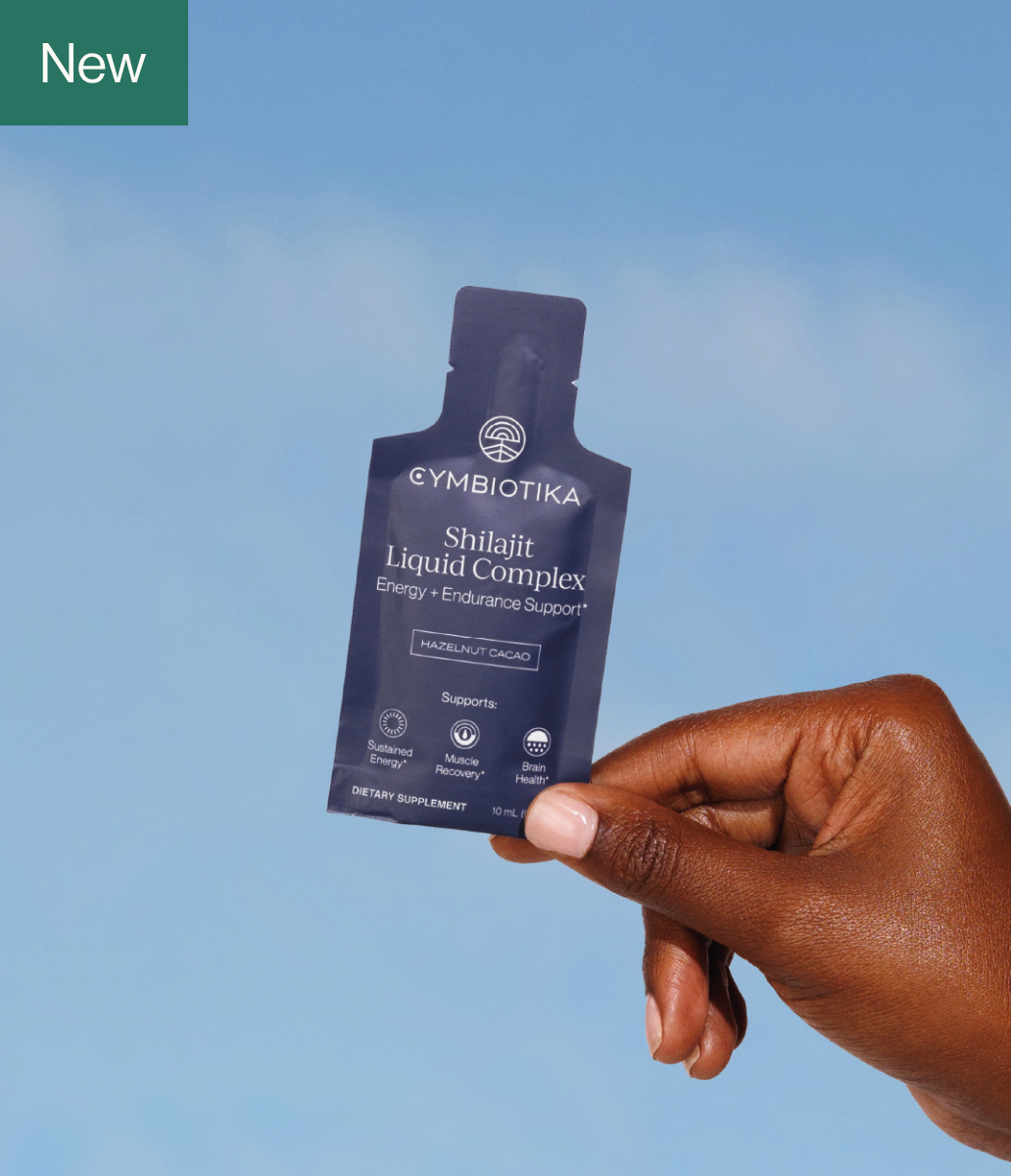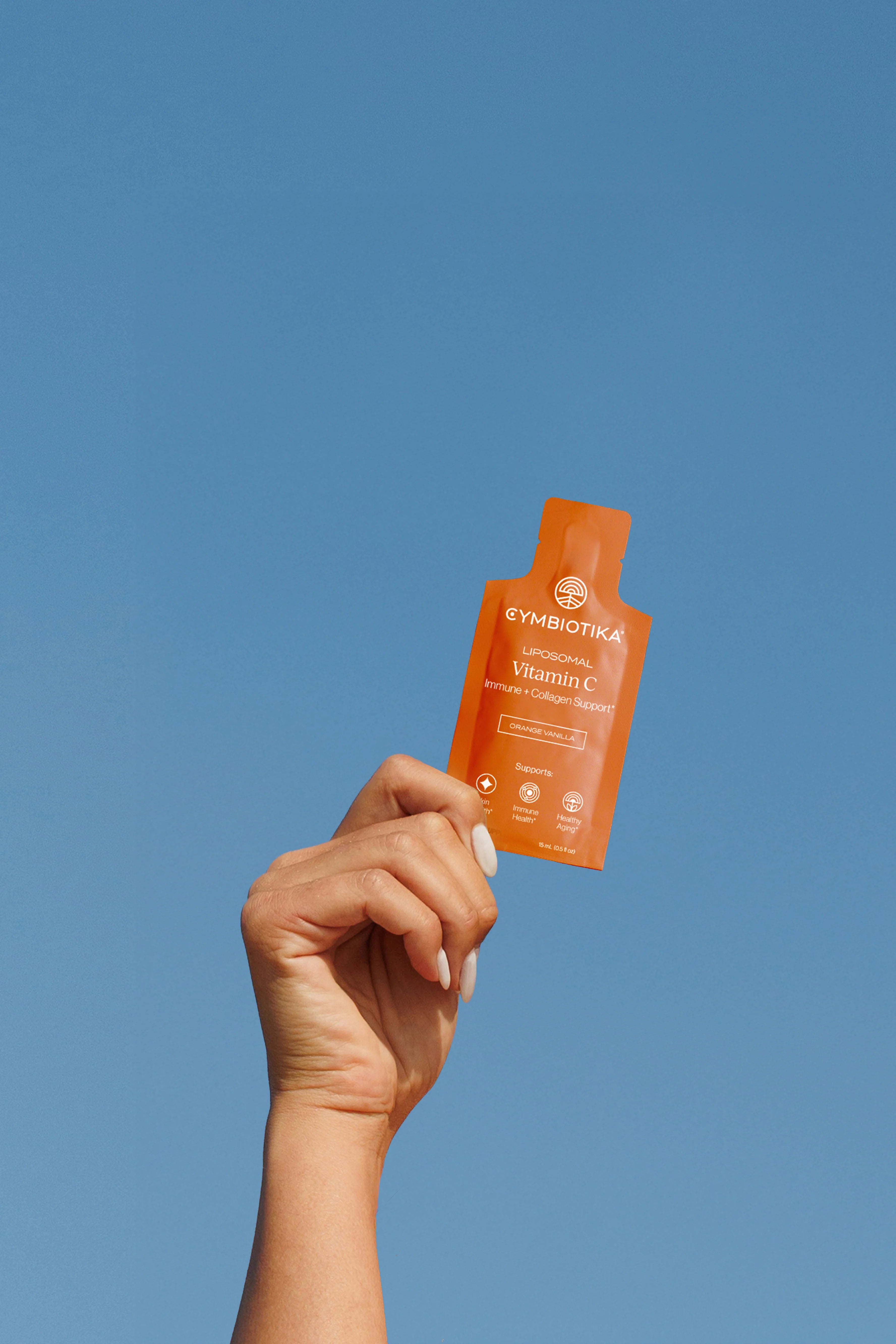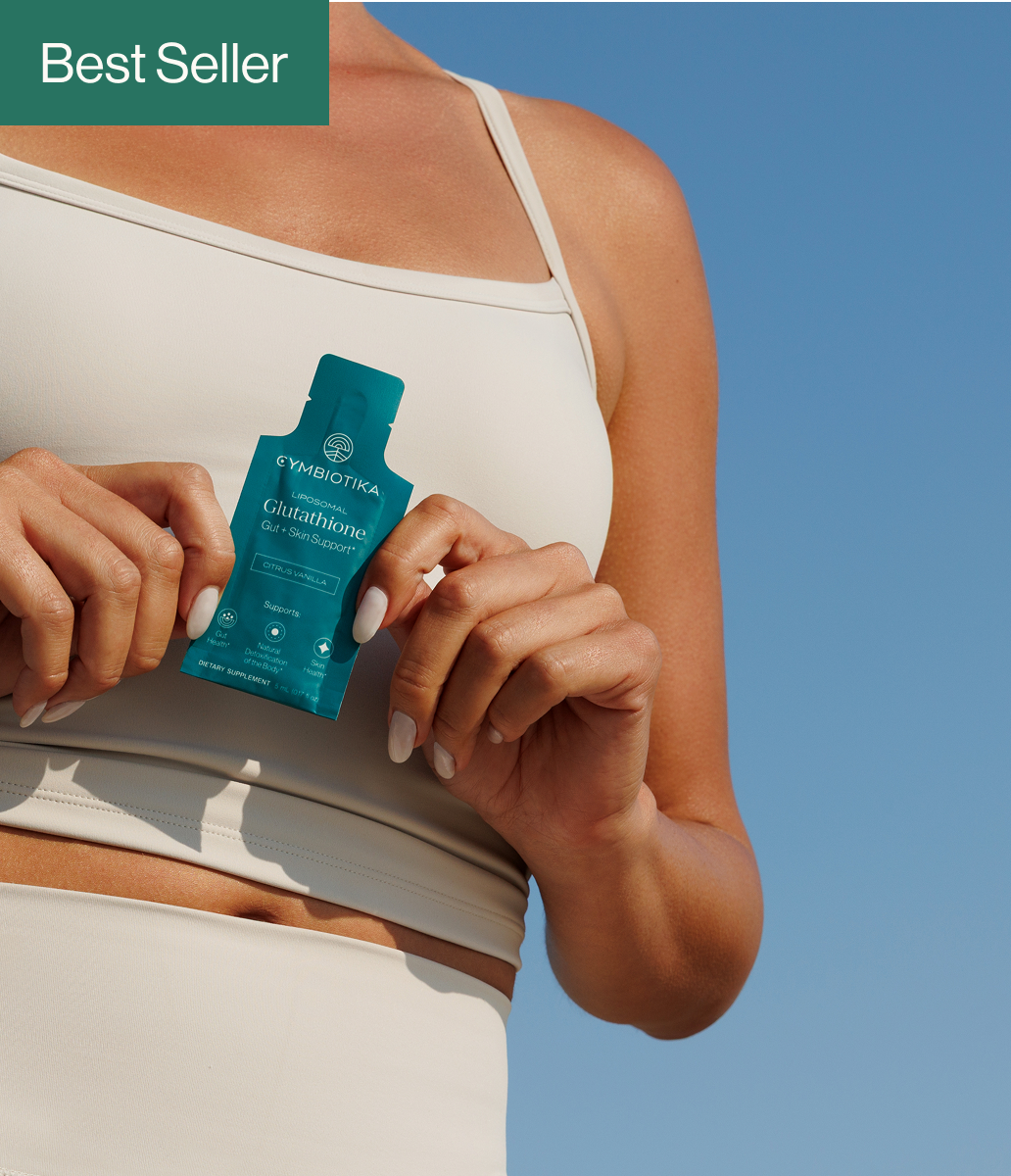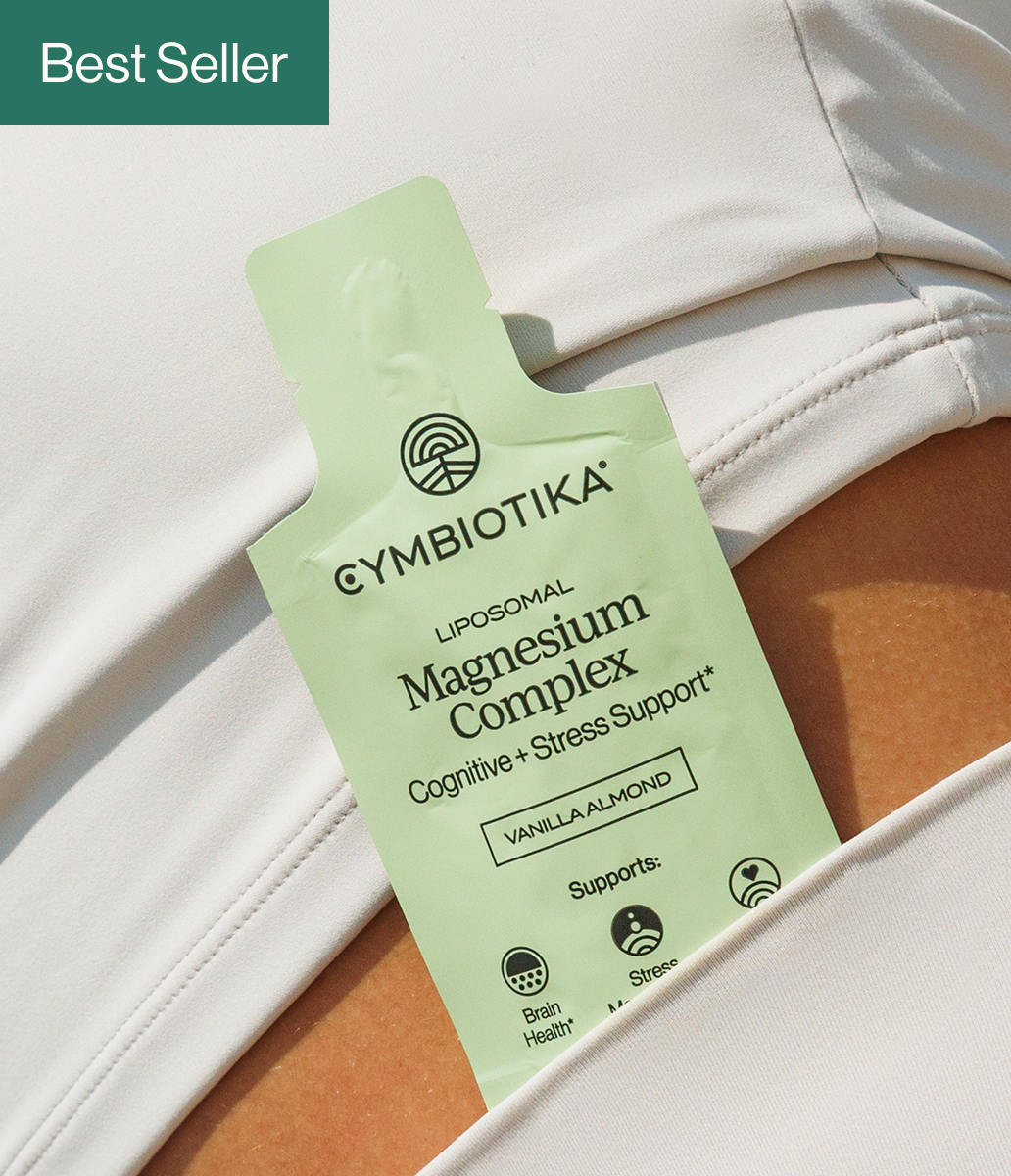Table of Contents
- Introduction
- The Science Behind Stretching and Muscle Recovery
- Practical Recommendations for Stretching
- Conclusion
Introduction
When we think about enhancing our fitness routine, stretching often occupies a prominent place in our minds. Many of us have grown up believing that stretching is essential for muscle recovery, but is this assumption backed by scientific evidence? It’s a question that has sparked debate among fitness enthusiasts, trainers, and researchers alike.
Recent studies have offered a mixed bag of results regarding the efficacy of stretching in muscle recovery. For instance, one systematic review found insufficient evidence to support the claim that post-exercise stretching accelerates recovery or reduces soreness. This raises important questions: What role does stretching play in our fitness routines? Should we be incorporating it into our recovery practices, or is it simply a relic of outdated fitness advice?
At Cymbiotika, we believe that wellness starts with trust and transparency. As a wellness brand dedicated to empowering individuals with science-backed supplements, we aim to provide clarity on this topic. In this blog post, we will explore the various types of stretching, the science behind its effects on muscle recovery, and practical recommendations for integrating stretching into your fitness regimen.
By the end of this article, you will have a comprehensive understanding of whether stretching can help muscle recovery and how to utilize it effectively in your own wellness journey. Together, we’ll delve into the nuances of stretching, examining its potential benefits and limitations as part of a holistic approach to fitness and recovery.
The Science Behind Stretching and Muscle Recovery
To understand the potential benefits of stretching, we first need to explore what happens to our muscles during and after exercise. When we engage in physical activity, our muscles undergo stress, leading to microscopic tears. This damage is a natural part of the muscle-building process, but it can also result in soreness, commonly known as Delayed Onset Muscle Soreness (DOMS).
Types of Stretching
-
Static Stretching: This involves holding a stretch at the end of a muscle's range of motion for a period of time, usually between 15 to 60 seconds. It's often performed after exercise when muscles are warm.
-
Dynamic Stretching: This consists of controlled movements that gently take you through your range of motion. Unlike static stretching, dynamic stretches are performed in a continuous, fluid manner and are often used as part of a warm-up routine.
-
Proprioceptive Neuromuscular Facilitation (PNF): This advanced form of stretching involves both stretching and contracting the muscle group being targeted. PNF is often used in rehabilitation settings and requires a partner or trainer to apply resistance.
Each type of stretching has its own unique benefits and is most effective when used in the right context. For example, dynamic stretching is typically recommended before workouts to prepare the muscles, while static stretching is often advised post-exercise to aid in relaxation and recovery.
The Debate: Does Stretching Really Help?
The primary question remains: does stretching help muscle recovery? Research has yielded mixed results. Some studies indicate that stretching does not significantly reduce muscle soreness or improve recovery compared to passive recovery methods such as rest. For instance, a systematic review found no substantial evidence that post-exercise stretching promotes recovery of strength or reduces DOMS when compared to passive recovery.
However, stretching has been shown to enhance flexibility and range of motion, which are crucial for overall athletic performance. Improved flexibility can lead to better movement mechanics and reduced risk of injury, indirectly supporting recovery by enabling more efficient workouts.
The Role of Stretching in Muscle Recovery
While the direct effects of stretching on recovery may be limited, it can still play a role in a holistic recovery strategy. Here are some potential benefits of incorporating stretching into your routine:
-
Increased Blood Flow: Stretching can enhance blood circulation, which may help deliver essential nutrients to the muscles and expedite the removal of metabolic waste products.
-
Relaxation of Muscles: Stretching can help alleviate muscle tension, promoting relaxation and potentially reducing stress levels.
-
Improved Range of Motion: Regular stretching can help maintain and improve flexibility, which is vital for performing exercises with proper form and reducing the risk of injury.
-
Enhanced Mind-Body Connection: Stretching can serve as a form of mindful movement, helping you tune into your body and become more aware of areas that may need attention.
Practical Recommendations for Stretching
Now that we’ve unpacked the science, let’s discuss how you can effectively incorporate stretching into your fitness routine for optimal muscle recovery.
1. Timing Matters
-
Warm Up with Dynamic Stretching: Before engaging in any workout, incorporate dynamic stretches to prepare your muscles. This can include leg swings, arm circles, or walking lunges.
-
Cool Down with Static Stretching: After your workout, dedicate time to static stretching. Focus on major muscle groups, holding each stretch for 15 to 60 seconds. This helps relax your muscles and may aid in recovery.
2. Listen to Your Body
Pay attention to how your body responds to stretching. If you feel pain during a stretch, you may be pushing too hard. Stretching should create a gentle pull, not discomfort.
3. Be Consistent
Incorporating stretching into your routine on a regular basis is crucial for reaping its benefits. Aim for at least three times a week, but daily stretching can be even more beneficial.
4. Use Quality Supplements for Recovery
While stretching can aid recovery, consider complementing it with high-quality, science-backed supplements. At Cymbiotika, we focus on providing supplements that support overall wellness, including options designed to promote muscle health. Our collection of fitness supplements can help you optimize your recovery process.
5. Explore the Cymbiotika AI Quiz
If you're unsure which supplements are right for you, take our Cymbiotika AI quiz. This interactive tool will guide you in finding the best products tailored to your specific needs.
Conclusion
In conclusion, the question of whether stretching helps muscle recovery does not have a straightforward answer. While the direct benefits of stretching on muscle recovery may be limited, it plays a valuable role in a comprehensive fitness and recovery strategy. By incorporating both dynamic and static stretching into your routine, you can enhance flexibility, promote relaxation, and potentially reduce the risk of injury.
As we continue to explore our wellness journeys, it's essential to trust science-backed methodologies and make informed choices. At Cymbiotika, we are committed to empowering our community with transparency and quality. Whether through our supplements or insights into wellness practices, we are here to support you.
FAQ
Q: Can stretching prevent muscle soreness?
A: While stretching may not directly prevent muscle soreness, it can help maintain flexibility and promote blood flow, which may aid recovery.
Q: How often should I stretch?
A: Aim to stretch at least three times a week, but incorporating stretching into your daily routine can yield even better results.
Q: Is dynamic or static stretching more beneficial?
A: Both types of stretching have their benefits. Dynamic stretching is best for warming up, while static stretching is ideal for cooling down and aiding recovery.
Q: Should I stretch if I feel sore?
A: Gentle stretching can be beneficial if you're sore, but avoid overextending or causing pain. Listen to your body and adjust as needed.
Q: How can Cymbiotika supplements support my recovery?
A: Our fitness supplements are designed with high-quality ingredients to promote muscle health and overall wellness, complementing your recovery efforts.
Incorporate these insights into your routine and take control of your health journey with confidence!
*These statements have not been evaluated by the Food and Drug Administration. This product is not intended to diagnose, treat, cure, or prevent any disease.























